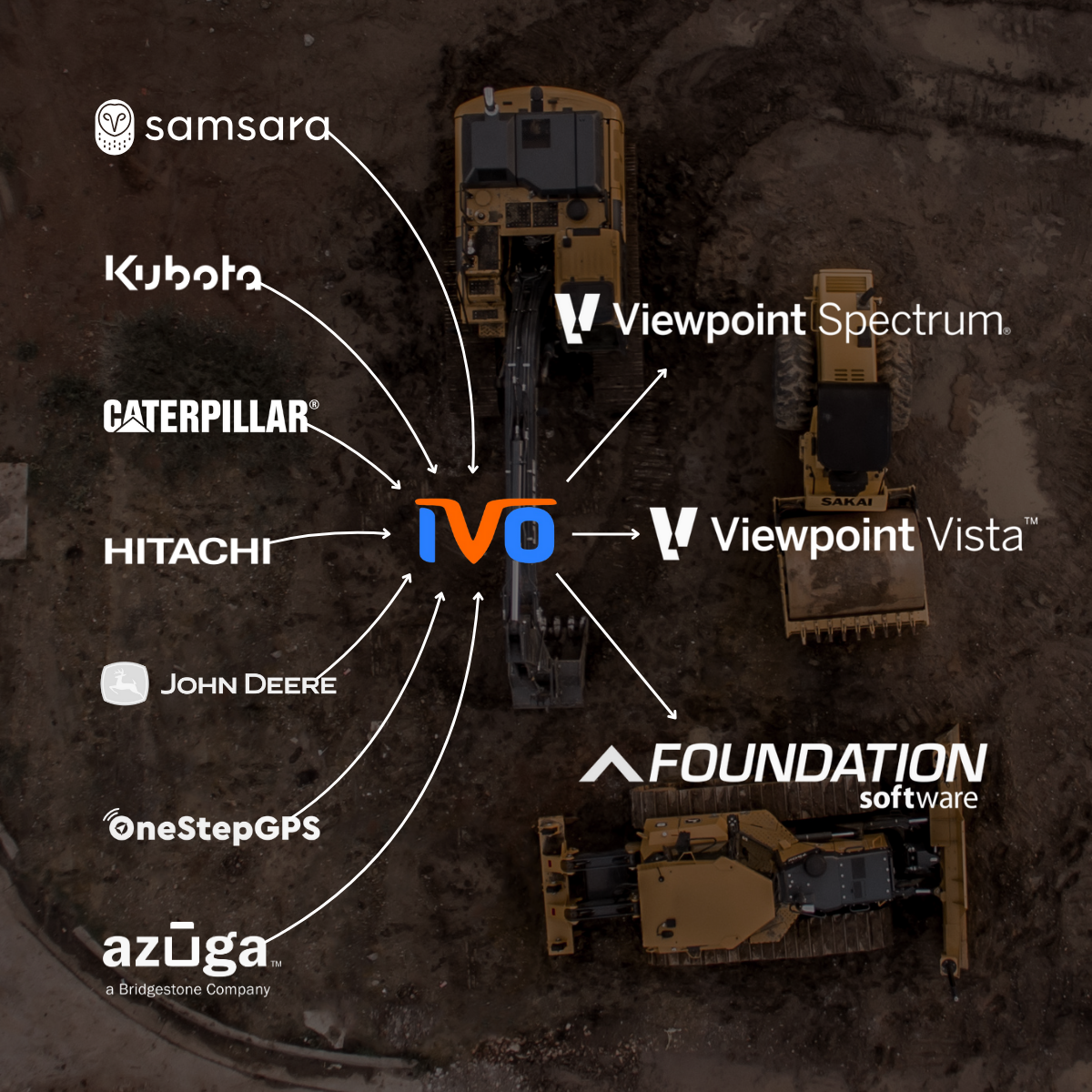Running a successful construction operation means more than having the right equipment. It also means knowing where that equipment is, what shape it’s in, and whether it’s ready to work.
Too often, dispatch and maintenance are handled separately. One team schedules machines to move. Another tries to keep them running. And both are working from different systems - or sometimes no system at all.
When those two areas don’t line up, things fall through the cracks. Equipment gets moved without being serviced. Mechanics scramble to catch up. Jobs get delayed for reasons that could have been avoided.
When dispatch and maintenance run through the same system, teams get the information they need to plan ahead, make better decisions, and keep projects on track.
Know the Maintenance Status Before Moving a Machine
Let’s say a machine is scheduled to move across the state. But the shop had it flagged for a 500-hour service this week. Now that machine leaves the yard, the shop falls behind, and someone’s stuck figuring it out later.
These things don’t always lead to a breakdown, but they do create problems. Unplanned stops. Lost time. Missed opportunities to take care of small issues before they become big ones.
When dispatchers can see a machine’s service status before they assign it to a job, and mechanics can plan around upcoming moves, both teams are in a better position to do their jobs well.
Maintenance status should be part of the decision when scheduling equipment moves - not something you gamble on.
Route Equipment Through the Shop on the Way to the Field
A machine doesn’t always need to be pulled off a job to get serviced. In many cases, it just needs to pass through the shop before heading out.
That quick stop might be enough for an inspection, a repair, or a software update. Taking care of that work on the front end keeps the project moving and avoids pulling the machine back later.
This kind of planning happens when dispatchers and shop managers are working from the same source of up-to-date information. It uses the routes and resources you already have - just in a smarter way.
Fleet Visibility Helps Everyone
It’s hard to make good decisions when you’re working from spreadsheets, text messages, and whiteboards.
Tools like TrackVO give your entire team a live view of what’s happening. You can see:
- Real-time equipment locations
- Icons for maintenance exceptions
- Color-coded status for arrivals and departures
You’ll have access to an online magnet board that shows maintenance alerts, real-time locations, and status updates - all in one place. No guessing. No waiting. Just better information, faster.
Paired with DispatchVO, TrackVO will show you if equipment is scheduled to leave (shown in red) or arrive to (shown in green) a jobsite, and link directly to the associated dispatch ticket.

Dispatch and Maintenance Should Work Together, Not Around Each Other
When both teams can see the full picture, no one’s left in the dark. A dispatcher knows when a machine is tied up in the shop. A mechanic knows when that machine is due on site.
It cuts down on double-booking. It keeps the shop from rushing jobs to meet last-minute deadlines. And it makes the whole operation more predictable, even when plans change.
Sharing the same system means fewer surprises and better coordination - without unnecessary texts and phone calls to piece everything together.
Experience Fewer Delays and Better Results
Putting dispatch and maintenance into the same system is an easy, common-sense fix that will save you thousands of dollars every year.
It cuts down on delays, eliminates guesswork, and keeps your equipment working where it belongs - on active jobs, not sidelined in the shop or waiting to be reassigned. It’s a smarter use of every dollar and every hour.
If you're looking to run a more reliable, more efficient operation, combining dispatch and maintenance should be near the top of your to-do list.
Ready to make the switch? Start here.


